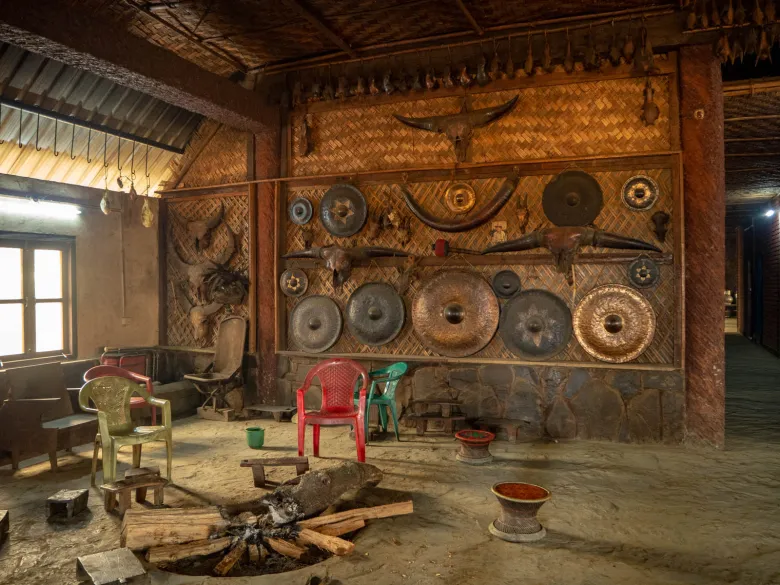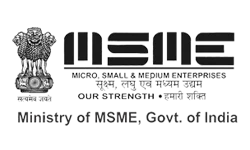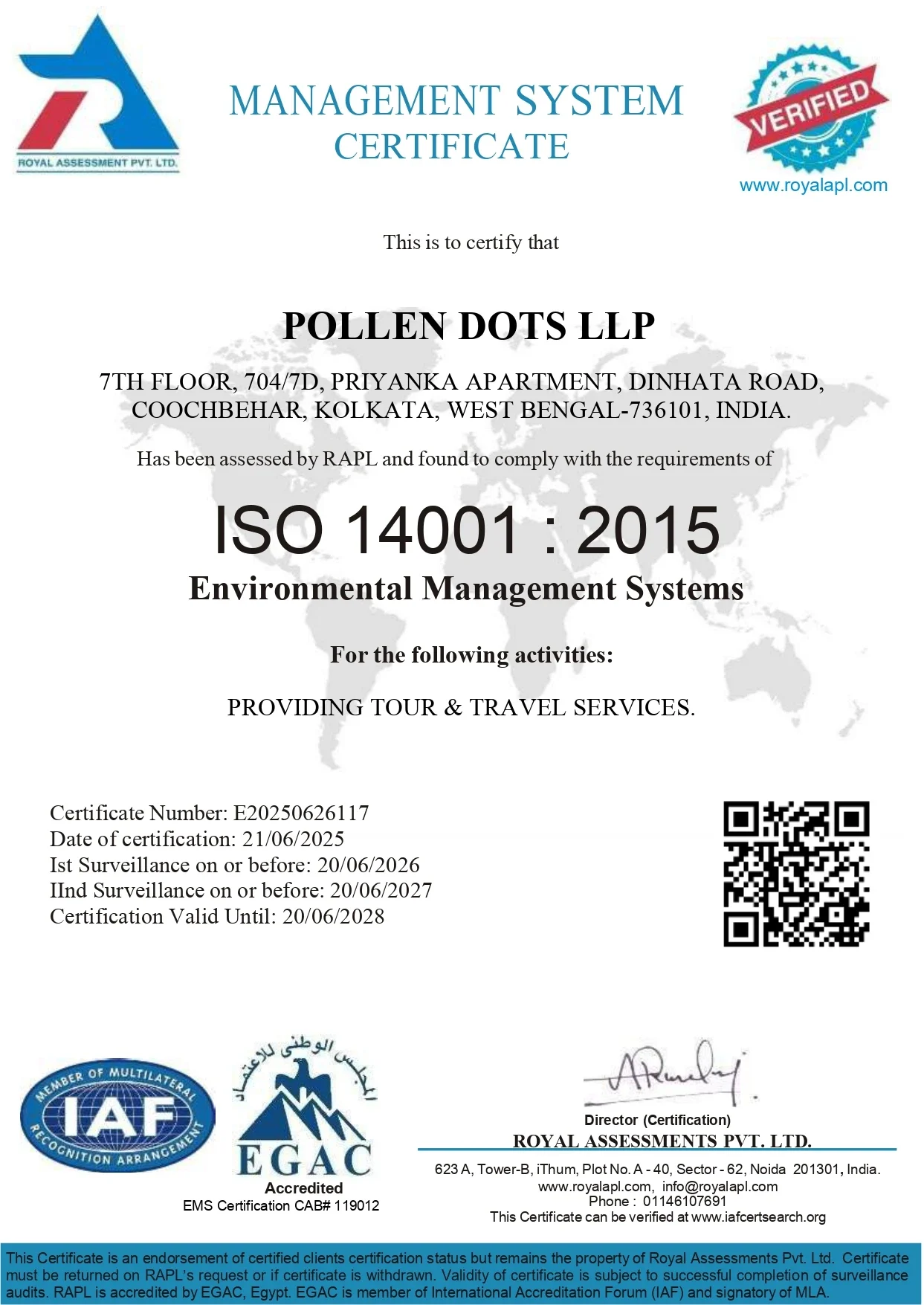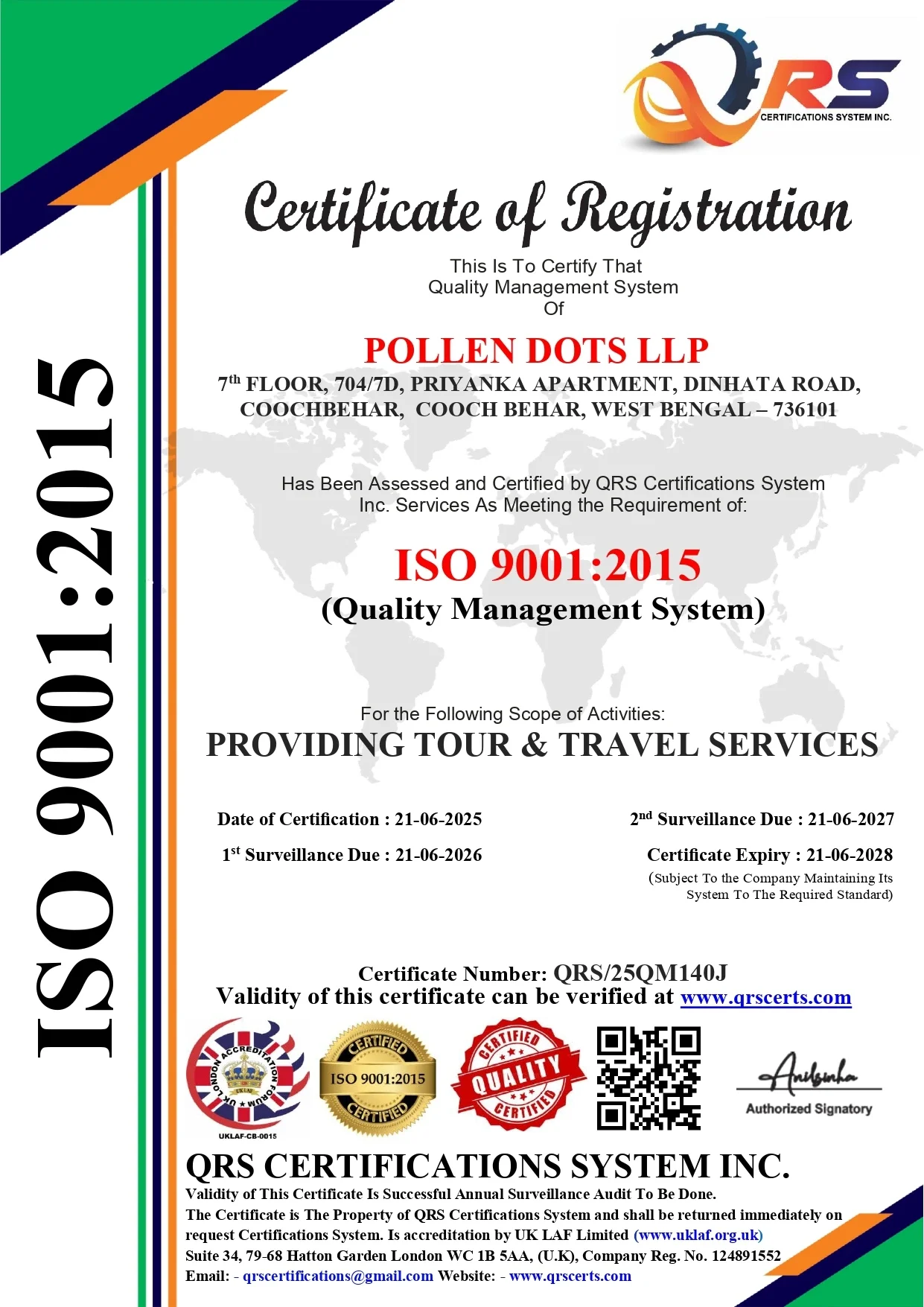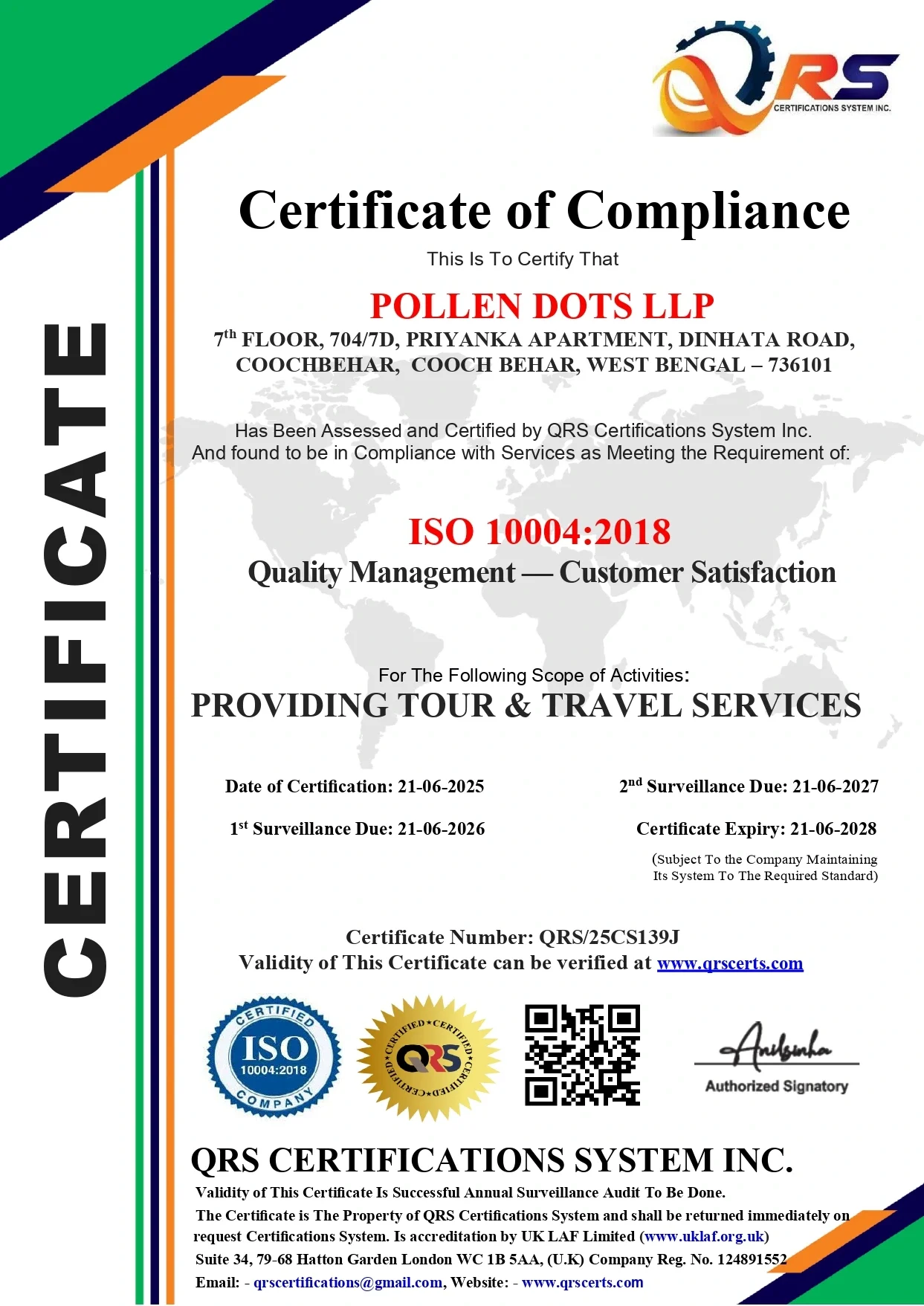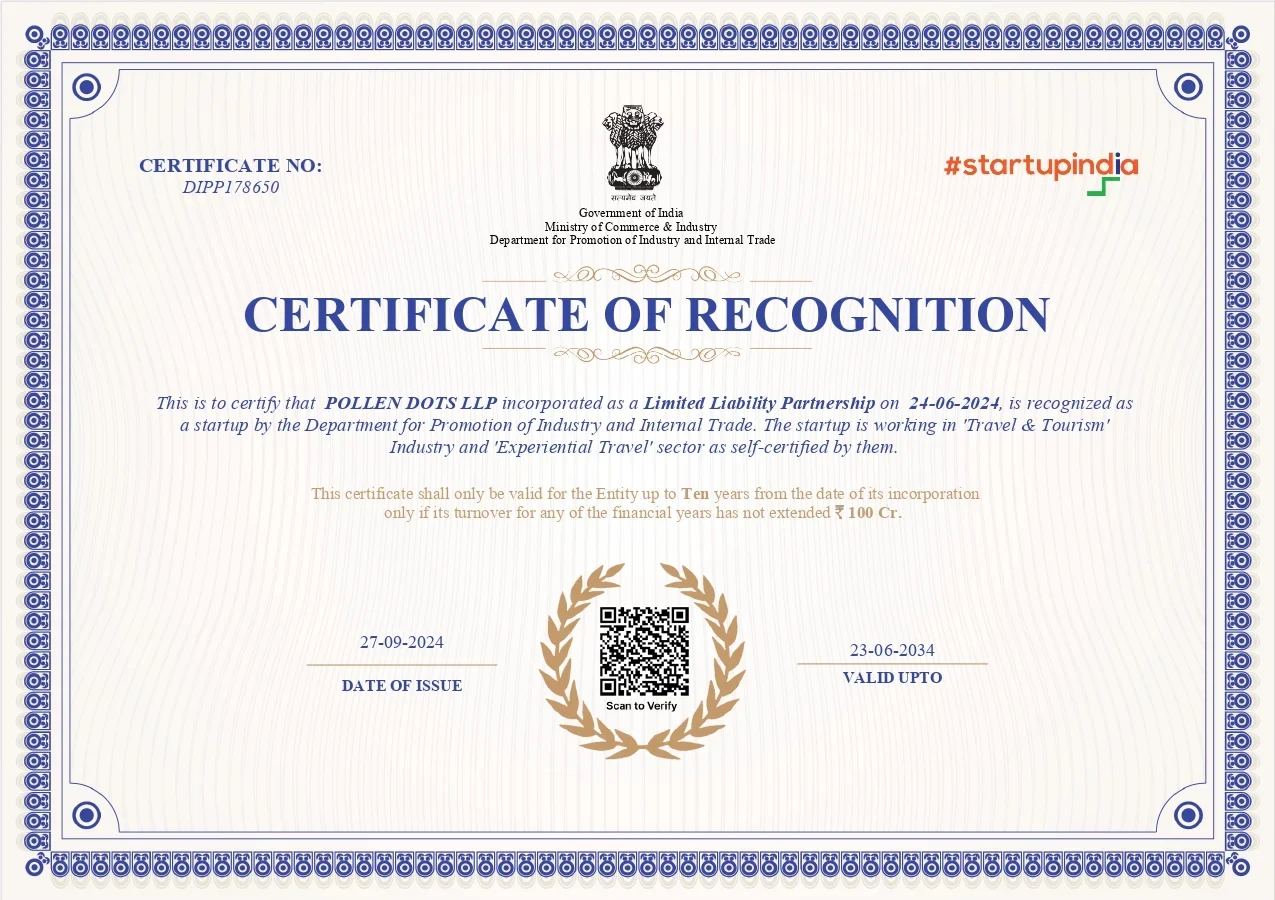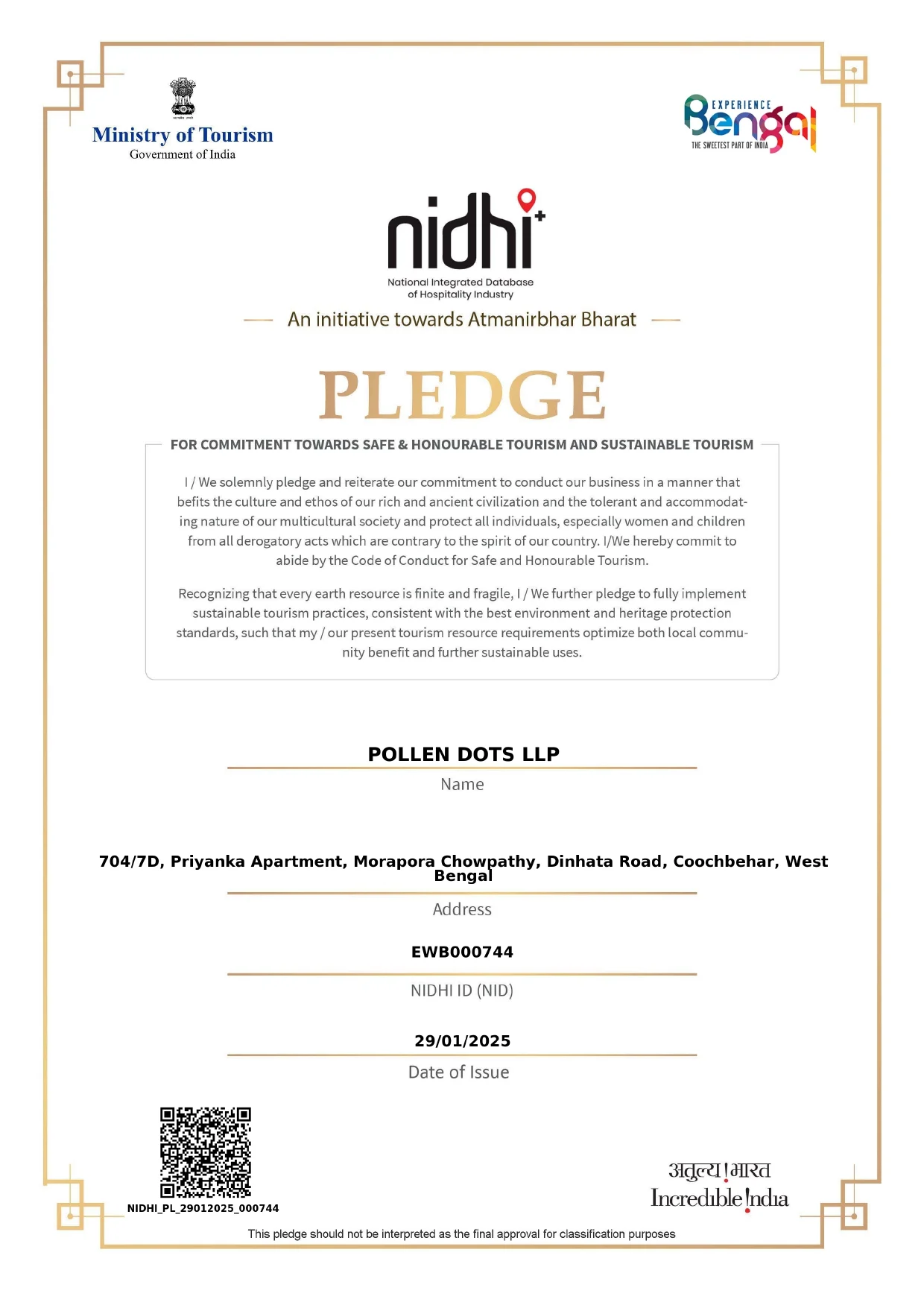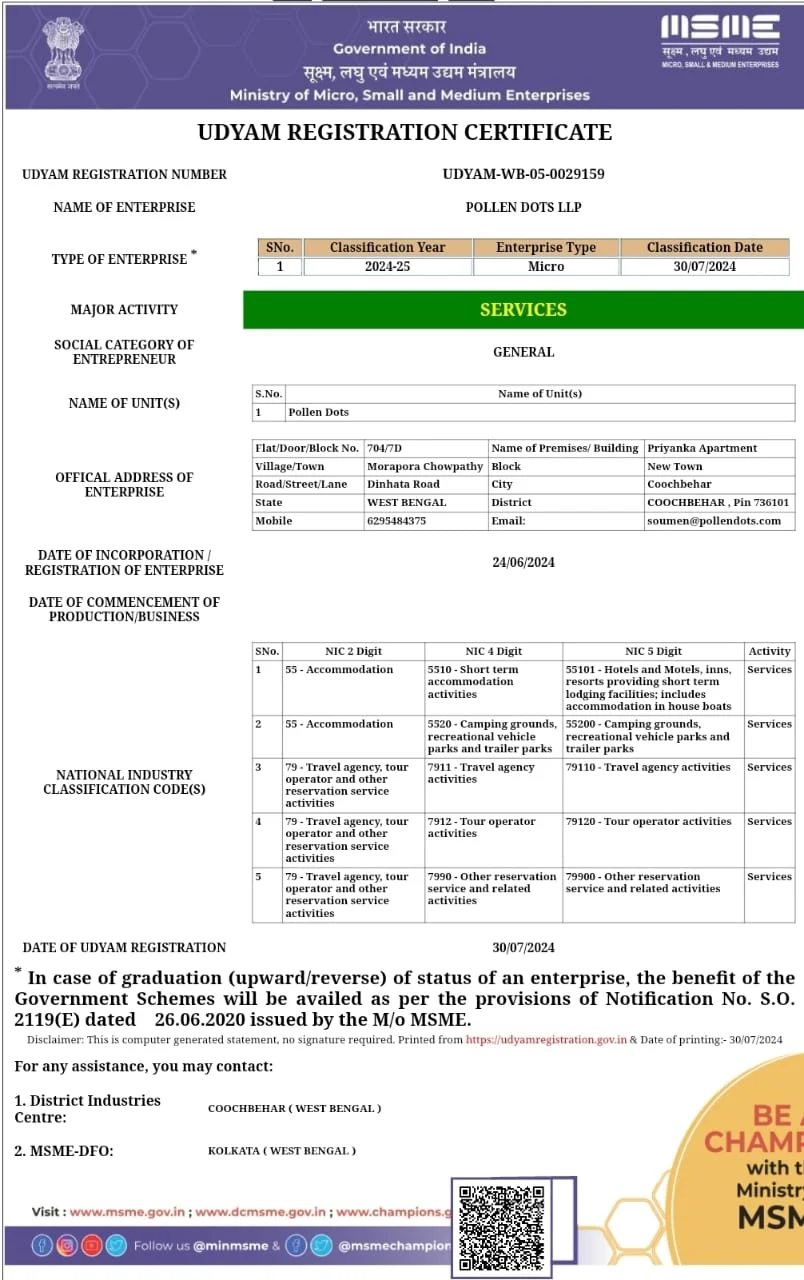Perched high in the Mon district of Nagaland, Longwa is a village unlike any other. Here, geography bends to the rhythm of culture — quite literally. The house of the Angh (village chief) famously straddles the international border between India and Myanmar. Sit on one end of his porch and you’re in India, swing your legs to the other and you’ve stepped into Myanmar — no passport needed, just a respectful heart.
The Konyaks: Warriors, Woodcraft, and Warmth
Longwa is home to the Konyak Nagas — once fierce headhunters, now fierce preservers of heritage. Their tattoos, etched in deep indigo across faces and torsos, are not just body art but chronicles of valor, rites of passage, and ancestral pride.
Today, these same hands — once used in tribal warfare — carve intricate woodwork, shape guns by hand (yes, still), and tend to fields stretching into the horizon. As tourism grows, some men still wear their traditional ornaments, not for show, but for the pride of being seen — as Konyak.

But Longwa’s real uniqueness isn’t in this novelty. It’s in its people.”
Life in a Village that Knows No Borders
There are no immigration checks in Longwa. The village lives between two countries but inside one rhythm. The local dialect, Konyak, is spoken fluently on both sides. Children attend school in India, but often visit family in Myanmar by afternoon.
Electricity is sporadic, but the warmth of human connection here is constant. Meals are shared, stories are passed over firewood, and even as concrete tries to enter, bamboo still holds the soul of the homes. Connectivity might be low, but community isn’t.
Ethical Curiosity: What it Means to Visit Longwa
Longwa invites curiosity, but it demands care. This isn’t a tourist site to “check off.” It’s a living, breathing community shaped by shifting geopolitics, history, and a powerful sense of place.
If you go, speak less and listen more. Buy local handicrafts without bargaining, ask before photographing elders, and remember — the best souvenir from Longwa isn’t a trinket, but the stories you carry home.
Not all borders divide. Some simply remind us how connected we already are.”

